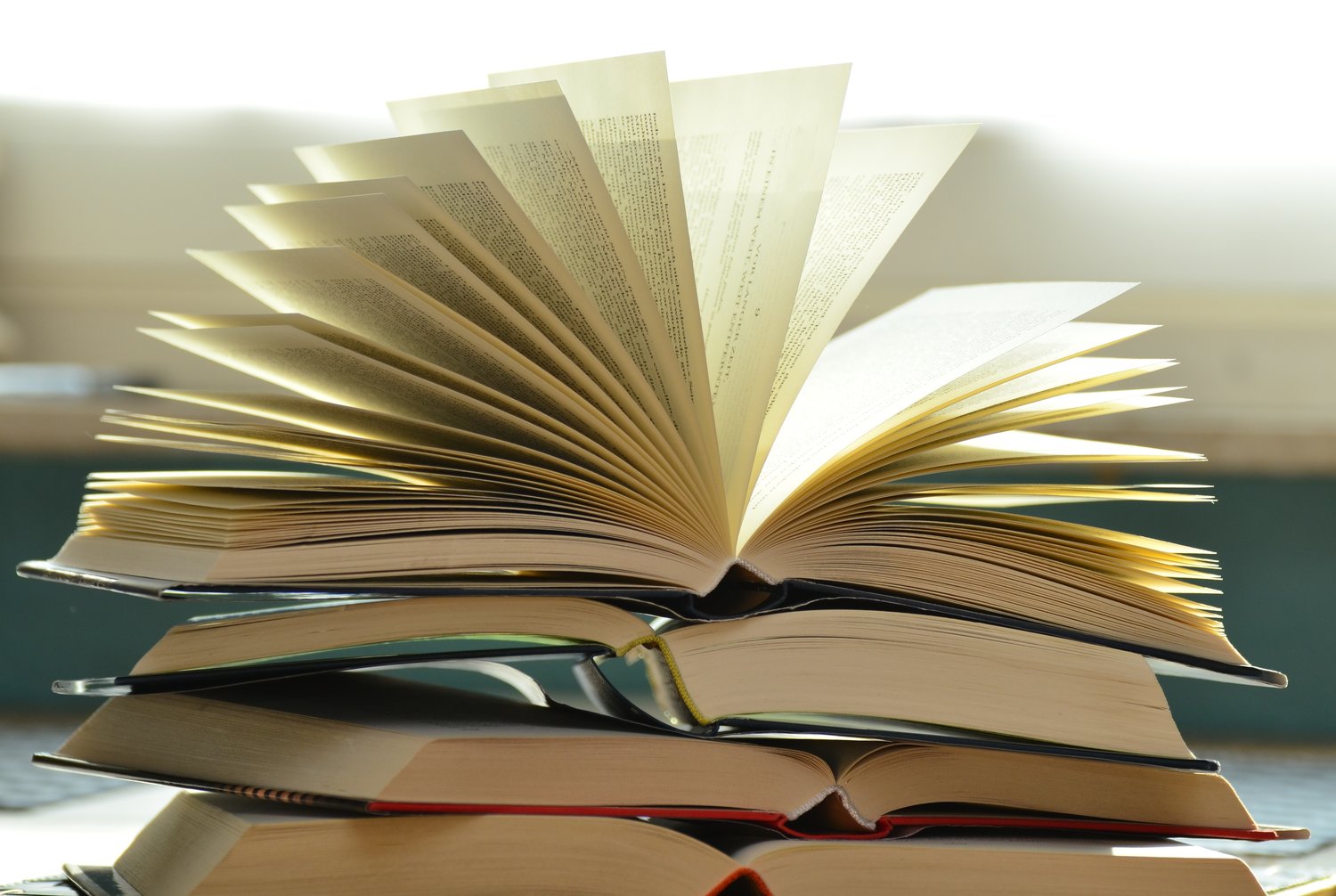Gratitude For A Team That Saves Lives
Perhaps it’s just the nature of working in the school safety field. Maybe it’s a larger part of “who I am” than I’d like to admit. Whatever the reason, it’s unequivocally true that I often return to cliches when I talk about the work Joffe Emergency Services does. The conversation might start with details on business continuity planning or risk assessment, but soon enough I’m saying something along the lines of “the best safety resource is empowered people with confidence in their own capabilities, not a huge safety binder that no one ever reads.”
It’s a core belief of our company, but sometimes people’s eyes glaze over before the end. It reminds me that for all of the truth you can find in that statement, there are other ways to underscore the impact that emergency planning and preparedness has on a community. With that in mind, I’d like to share a story about why we do what we do:
Jonathan Moran has long been a key member of the Joffe team, across a variety of roles and responsibilities. After joining the company as part of the medical team supporting Banc of California Stadium, he eventually became an integral part of a school community, serving as a Joffe Health Coordinator at a K-12 school in Los Angeles. That position requires someone who can be a medical expert and also connect with kids in a trusted, appropriate manner. To avoid rambling on this topic, I’ll just note that Jonathan is a star in his role and leave it at that.

The responsibilities of a Health Coordinator vary depending on the day. Jonathan might communicate to the school-at-large about health trends or things to be aware of, handle the administration of prescribed medicines, support a student dealing with test-taking anxiety, or call a parent to provide details about student illness. On the day of this story, he saw one young student, who had a fever, in his health office a couple of times. The initial visit had prompted closer monitoring and communication with the parents about the situation. At around 2:00 in the afternoon, the student collapsed on the school’s outdoor field.
Jonathan was immediately called to the scene. As he arrived, the only thing clear on the scene was the atmosphere of fear and hesitation. In our conversations with members of the community after the event, they recalled feeling paralyzed. Despite being trained on what to do in this situation, a small crowd had gathered around the fallen student. Jonathan jumped into action, starting CPR and utilizing the AED he had brought with him on his way out. When a young person collapses like this, it is often sudden cardiac arrest, and Jonathan’s preparation was well-founded. While continuing his immediate work to revive the student, he also delegated crucial tasks to those around him. Someone called 911, others cleared the scene, and two individuals were sent to identify arriving EMS personnel and direct them to the patient. They arrived swiftly, as our first responders aim to do. By the time they reached the scene, Jonathan had managed to restore the student’s pulse.
From there, EMS transported the student to the hospital, where they continued to recover (and ultimately made a full one!). It is a story like this that reminds me that our work is so much more than cliches. A serious medical incident is remarkable to me not because of how rare it is (as a school safety consultant), I know it is unfortunately all too common) but because of what a profound impact effective emergency response has on the world. Because of Jonathan, because someone was there who knew what to do, a child and their family got to celebrate another birthday together. They’ll get to celebrate the next one, too, and Halloween, and countless other moments that they will treasure. It’s easy for an organization to get caught up in cash flow concerns and sales numbers, and to lose sight of the purpose of the work. I am grateful to work in a field that never allows that purpose to disappear for long. I’m grateful for Jonathan.



